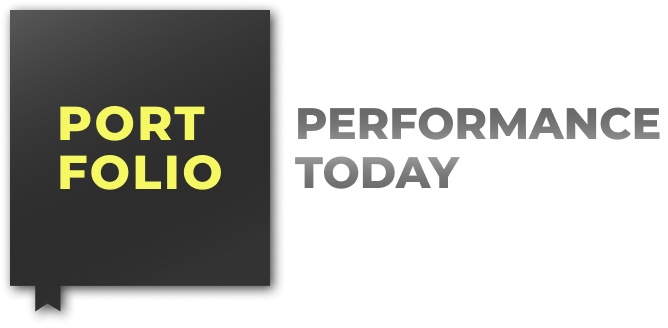The Mediterranean Sea is nearing a critical deadline set by the International Maritime Organization (IMO) to lower bunker fuel sulfur limits.
While the region was designated an Emission Control Area (ECA) nearly a year ago, maintaining this status will necessitate the near-total elimination of very low sulfur fuel oil (VLSFO) from vessels operating there, Rystad Energy said.
Rystad Energy forecasts that ultra-low sulfur fuel oil (ULSFO) is projected to become the dominant fuel in the Mediterranean Sea, contingent upon the IMO regulations being fulfilled.
Little room for VLSFO
“The inclusion of the Mediterranean Sea to the existing ECA zones leaves very little room for VLSFO in Europe. Now, vessels operating in the Mediterranean Sea must reduce sulfur limits to 0.1% from the previous level of 0.5%,” Valerie Panopio, vice president, commodity markets analysis – oil at Rystad Energy, said in an emailed commentary.
We believe that VLSFO will be displaced by ULSFO, marine gas oil (MGO), and high sulfur fuel oil (HSFO) resulting in a reshuffling of bunker fuel flows and optimization of vessel fleets.
The global maritime authority, IMO, had set a firm deadline to drastically cut the sulfur content in ship fuel in the Mediterranean Sea, which had been an Emission Control Area for nearly a year.
This new phase mandated a near-total ban on very low sulfur fuel oil (VLSFO). Energy analysts anticipated a swift shift to ultra-low sulfur fuel oil (ULSFO) if the regulations were strictly enforced.
Faced with stricter IMO regulations mandating a near-total ban on VLSFO and a reduction of sulfur limits to 0.1%, ship operators in the Mediterranean have several potential responses.
These include switching entirely to 0.1% sulfur fuels, using different fuels depending on location, investing in scrubbers, exploring alternative fuels like LNG, biofuels, and hydrogen, or even choosing routes that bypass the Mediterranean Sea, Rystad said.
The choices made by these ships will determine the environmental future of the sea.
“We believe that this regulation of bunker fuel will result in a surge in compliant fuel demand, particularly in MGO,” Panopio added.
Challenges
Each of these choices presents distinct difficulties.
“Tighter emission controls in the Mediterranean will force vessel operators to revisit strategies on fuel supply and fleet routes, investment on exhaust gas cleaning systems, or “scrubbers”, and exploration of alternative fuels,” Panopio said.
Vessels equipped with open-loop scrubbers must comply with local rules regarding the disposal of their scrubber wash water.
Using distinct fuels demands significant crew training to guarantee correct segregation and flushing methods are implemented.
This is crucial to prevent stability problems and cross-contamination, the Norway-based energy consultancy said.
Meanwhile, due to intermittent Houthi attacks in the Bab-el-Mandeb strait over the last year, vessel traffic through the Mediterranean Sea has decreased.
Avoiding the Mediterranean
According to Rystad Energy analysis, during the initial four months of 2025, large tankers like VLCCs and Suezmaxes accounted for a mere 10% of the ships navigating the Mediterranean Sea.
To avoid the significant risk premium associated with the Red Sea route, vessels are choosing the longer passage around the Cape of Good Hope.
Panopio said:
This indicates that the majority of the ships operating in the region are smaller vessels that are most likely already using MGO as fuel.
The increased adoption of MGO bunkering suggests a probable surge in its utilization as regulatory measures become more stringent.
Between Q3 2024 and Q1 2025, Port of Rotterdam bunkering data indicates a 67,000 bpd increase in MGO bunkering alongside a 48,000 bpd decrease in VLSFO bunkering, Rytsad said.
The limited refining complexity in the region and across Europe restricts the capacity to produce ULSFO, according to Panopio.
ULSFO can be transported from regions like the Middle East to Mediterranean entry and exit points, exemplified by recent ULSFO shipments from the UAE to Turkey.
Panopio noted:
The rerouting of fuel flows will open an arbitrage of VLSFO from Europe to the East of Suez, catering to Asia’s shortage and depressing VLSFO cracks in the short term.
Additionally, Rystad also anticipates stable HSFO demand, with a possible increase due to the economic advantage of using scrubbers over the costlier ULSFO.
This is expected to gradually increase the number of vessels equipped with scrubbers.
The post New fuel rule changes shake up Mediterranean bunker industry appeared first on Invezz
